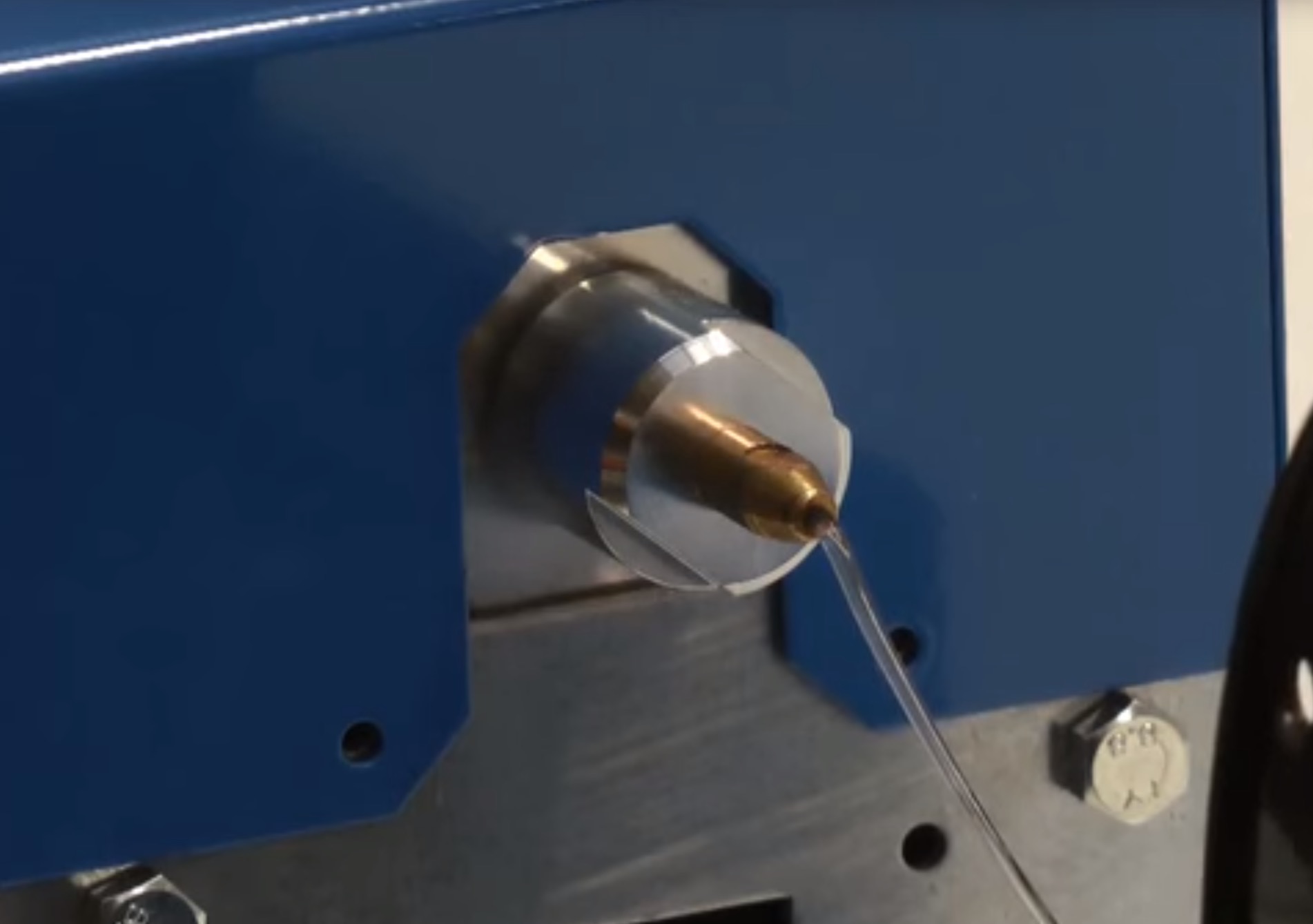
We’re checking out a new filament manufacturing device, D3D Innovation’s FilaFab EX, and it seems they’ve taken this process a lot further than others have.
We’ve written several times in the past about different attempts at making desktop filament extruders. These are devices that will accept either inexpensive bulk plastic in pellet form or crushed leftover prints and produce usable 3D printer filament by melting and extruding fresh spools of filament.
The challenge we’ve often seen in such devices previously is that they often cannot reliably produce filament in sufficient quality to be used in 3D printers, which are notorious for requiring input filament at specific dimensions and chemistries.
Earlier machines simply crushed random plastic and literally extruded it onto the floor, entirely unusable for 3D printing. When comparing these hobby filament machines to proper industrial gear, the difference is shocking, as industrial setups include vast cooling baths to precisely cool the material to maintain precise filament dimensions, with highly robust winding mechanisms to receive the material. None of this showed up with earlier extruders.
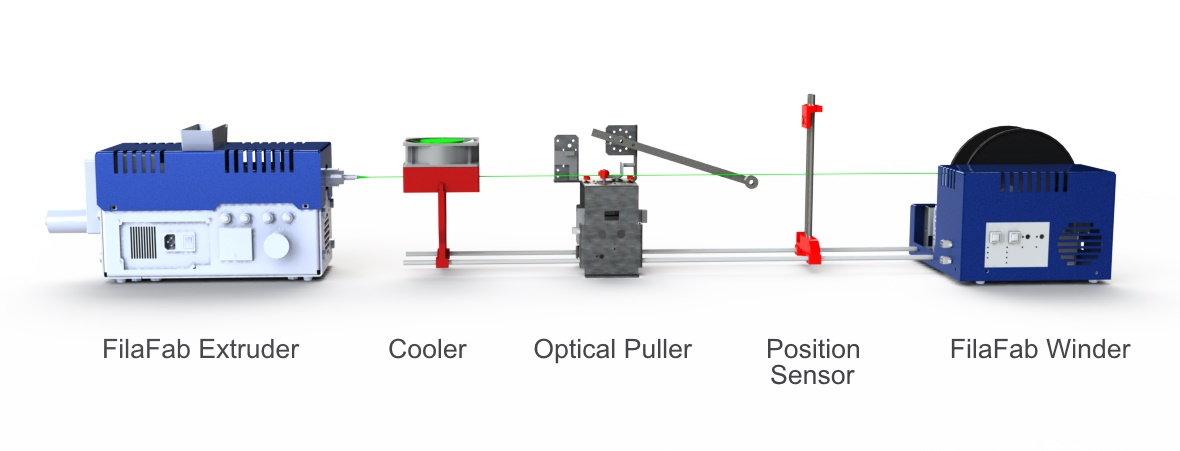
Enter FilaFab EX. At first, we thought, “Great, another limited use filament maker”, but then we noticed that this system includes more than just the extruder. It includes:
- The extruder itself
- A cooling unit
- An optical puller
- A position sensor
- A smart winder
It seems that the folks behind the FilaFab EX understand the problem here: making quality filament requires precise attention to temperatures, speeds and dimensions. And the product must be carefully wound on a spool, too.
Even better, they’ve devised the machine in an open-source fashion, meaning that anyone could potentially improve the system by adding in a new type of quality control mechanism. They suggest things like these could be developed by others and included:
- Filament sensors
- Filament tension controllers
- Cooling devices such as fans
- Filament guide wheels
Of interest to us is the winder, the most obvious exclusion from previous entrants. This device provides “consistent spooling”, such as you might see from commercially purchased spools. They say:
Digital spool motor control and filament positioning slide provide excellent spool layer build up. An adjustable speed stepper motor controls the horizontal position of the filament.
The spooler is also designed to accept spools of almost any size or dimension, as it employs two rollers upon which the spool rests.
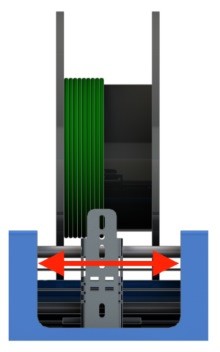
The extruder itself appears to be designed in a heavy-duty manner, as it can extrude up to 1kg of material per hour. That’s an awful lot of material, if you compare it to the speed at which a 3D printer consumes material. Could you print an entire 1kg spool in an hour? It is also able to heat up sufficiently to handle all common 3D printing filament materials, including ABS, PLA, EVA, HDPE, LDPE and others.
There’s an optical micrometer that can measure the output filament in realtime! This means you can be assured that the filament produced is within spec, unlike practically every other extruder we’ve seen. The micrometer controls the winding speed to ensure the filament is of correct dimensions. The winder is also controlled by an infrared sensor that detects filament speed.
They say you can “experiment with colors”, but it’s not clear how this is done. In industrial settings you purchase a “master color” set that are precisely metered into the melt chamber. Perhaps there is a feature that does so on the FilaFab EX.
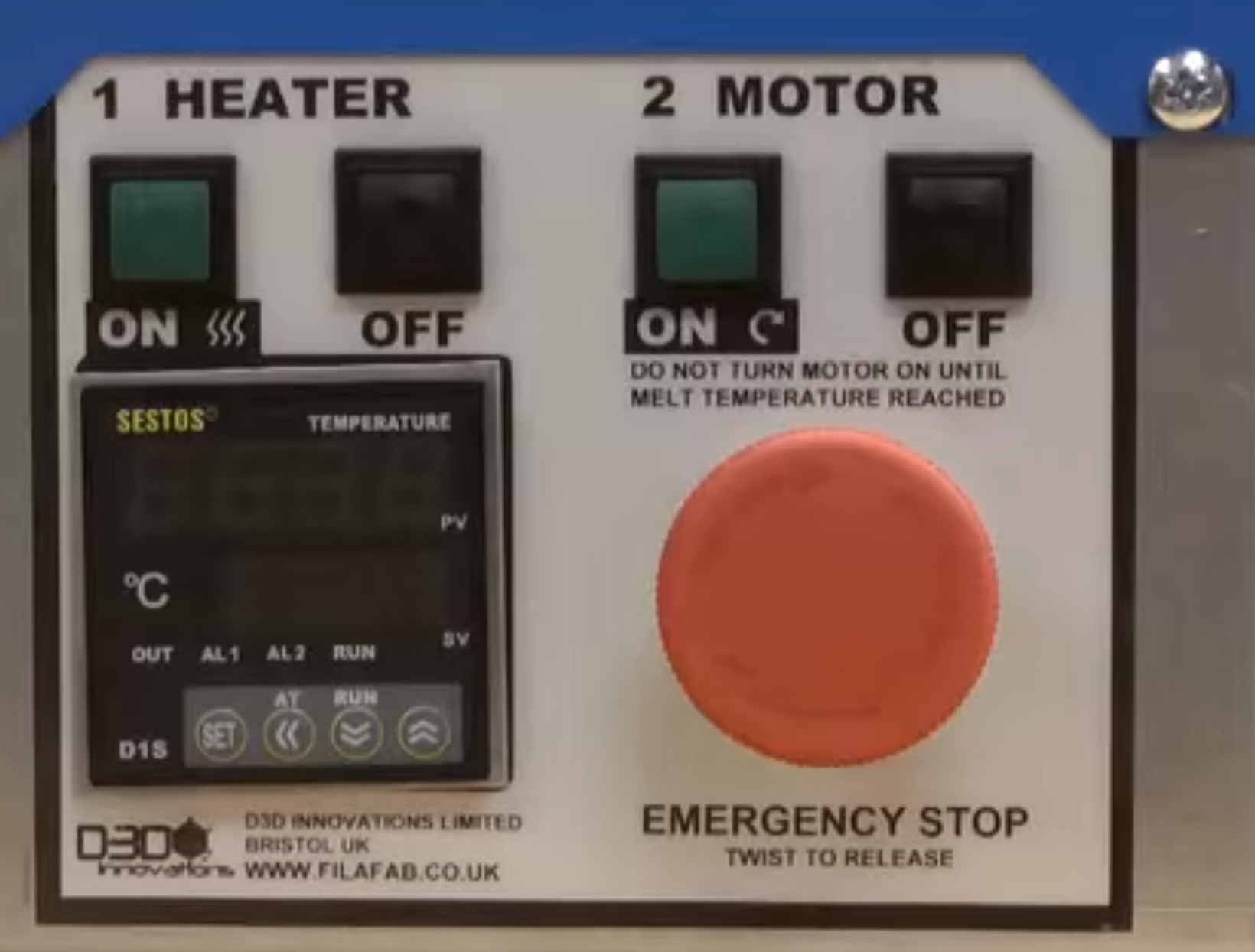
We’re pleased to see the FilaFab Ex includes several safety features, including an emergency stop button, guards, voltage and current protection, non-slip feet and much more. For use in a workshop, such features are essential.
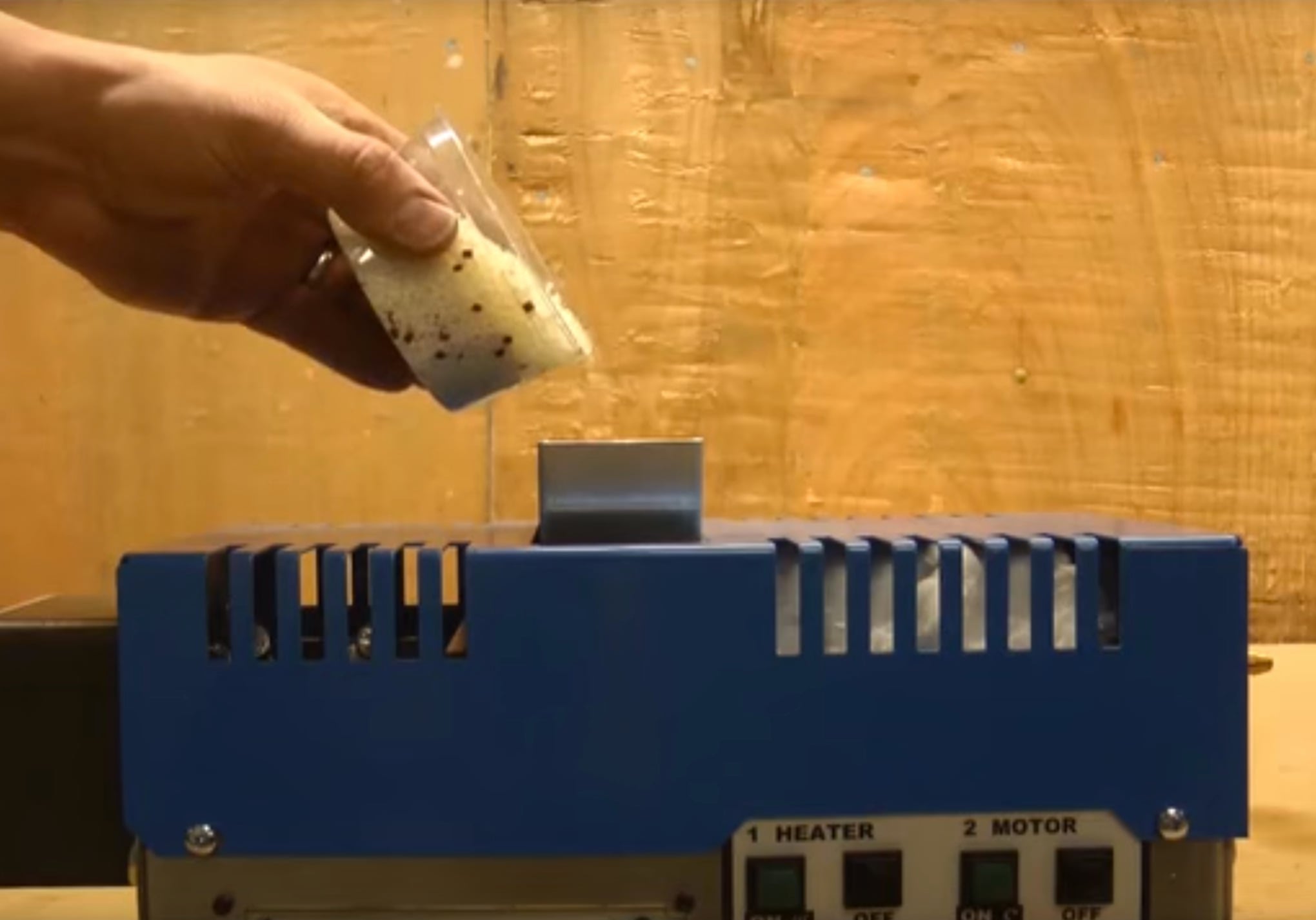
One feature we don’t see is a component that can crush previously printed items into shards that can be put through the FilaFab EX to create fresh material, meaning you likely have to purchase inexpensive (but bulk) plastic pellets for use. We think this is a good idea, because leftover prints are inevitably made from a variety of different plastic mixes and colors and you will produce inconsistent filament. Imagine if the melting temperature was slightly different along a filament! Not good.
There are two versions of the FilaFab EX: the 100 and 350. The 350 has a more powerful motor and is said to be more compatible with “polymers other than ABS and PLA”.
The machines are current available for order on Indiegogo at a price that’s said to be around half of the intended retail price. In other words, this is a great deal! There are a variety of product combinations to select from, but at USD$1,400, for example, you can get yourself a FilaFab EX100 and winder, including infrared sensor. For USD$2,100 you can order a FilaFab EX350 that includes both optical and infrared sensors.
This is a popular item: according to D3D Innovations’ Edward Clifford:
The EX series has also been designed to work with an exciting array of future products currently in development. After a successful Kickstarter campaign, raising 292% of target, we have extended the campaign on Indiegogo’s new InDemand network for a limited time only and are still offering up to 50% off the MSRP. We also have made available some early bird specials to promote the campaign’s move to Indiegogo.
We’re quite impressed with D3D Innovation’s careful development of this product, which apparently took some three years to complete. Producing quality filament may sound like a simple thing, but it definitely is not.
If you’re interested in experimenting with producing your own 3D printer filament, this could be the machine for you.
Via Indiegogo and D3D Innovations

